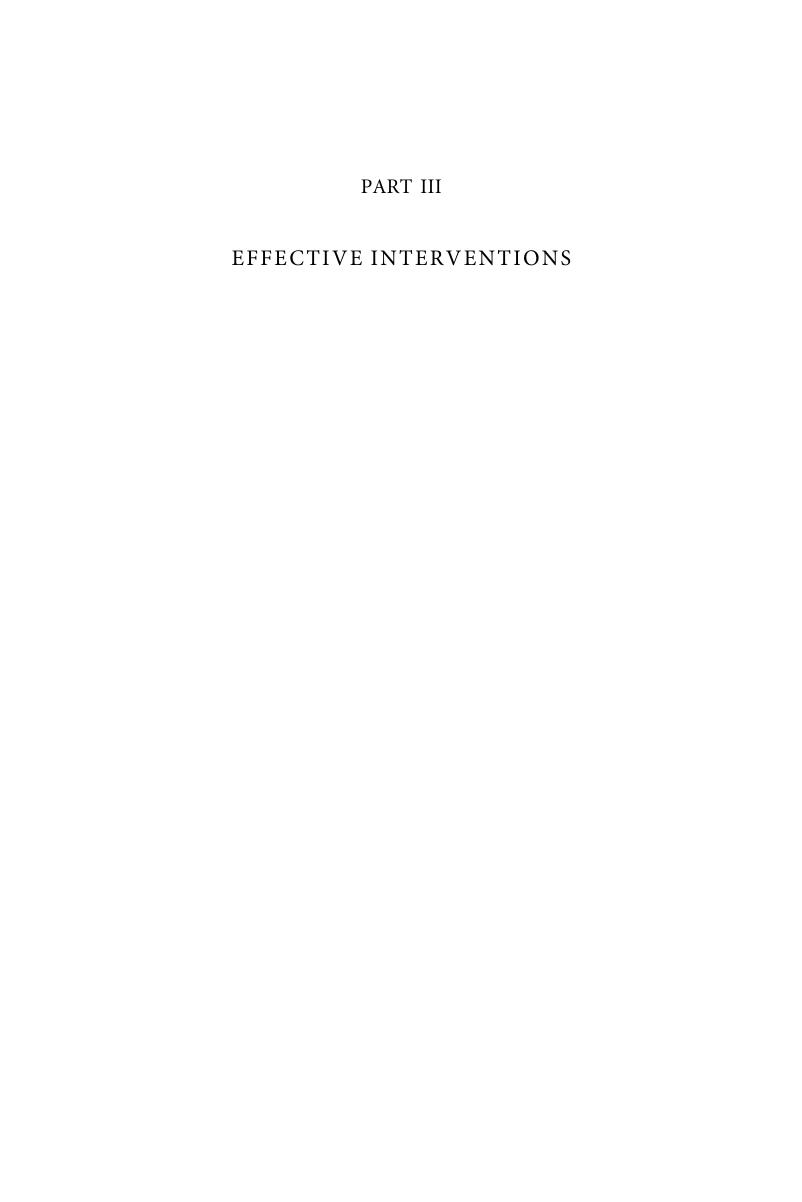Book contents
- Positive Approaches to Optimal Relationship Development
- Advances in Personal Relationships
- Positive Approaches to Optimal Relationship Development
- Copyright page
- Contents
- Figures and tables
- Contributors
- Preface
- Part I Major theoretical perspectives
- Part II Concepts and mechanisms
- Part III Effective interventions
- Index
- References
Part III - Effective interventions
Published online by Cambridge University Press: 05 April 2016
- Positive Approaches to Optimal Relationship Development
- Advances in Personal Relationships
- Positive Approaches to Optimal Relationship Development
- Copyright page
- Contents
- Figures and tables
- Contributors
- Preface
- Part I Major theoretical perspectives
- Part II Concepts and mechanisms
- Part III Effective interventions
- Index
- References
Summary

- Type
- Chapter
- Information
- Positive Approaches to Optimal Relationship Development , pp. 279 - 349Publisher: Cambridge University PressPrint publication year: 2016



